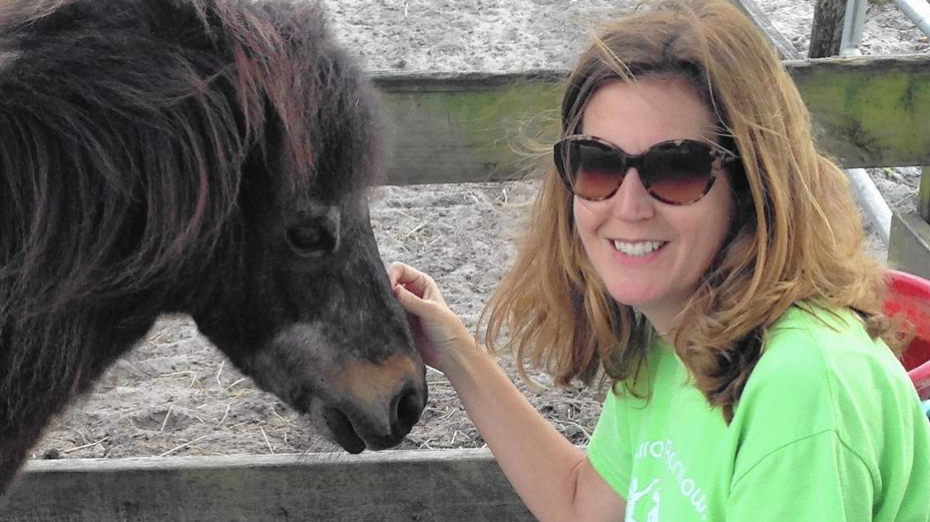Tag: micro schools

Best of 2021: Pandemic pod rockets South Florida entrepreneur into a new career
Editor’s note: reimaginED is proud to reintroduce to our readers our best content of 2021 such as this feature story from senior writer Lisa Buie. Christy Kian wasn’t sure what she was getting into last year when she agreed to help a parent struggling to educate her two children during... READ MORECommentary: Parents, civic entrepreneurs rebuild K-12 schooling from scratch
Editor’s note: This post from Bruno V. Manno, senior adviser...
READ MORENorth Las Vegas micro-school posts powerful learning gains
Editor’s note: This commentary is from Don Soifer, president of...
READ MOREpodcastED: Matt Ladner interviews Great Hearts Online executive director Kurtis Indorf
On this episode, redefinED’s executive editor speaks to a leader...
READ MORENational nonprofit ‘pressure-tests’ innovative education choice programs in Florida and beyond
Like most great ideas, this one started on the ground,...
READ MOREpodcastED: SUFS president Doug Tuthill interviews entrepreneur Joe Connor
On this episode, Tuthill speaks with the co-owner of SchoolHouse,...
READ MORErevisitED: SUFS president Doug Tuthill follows up with Prenda CEO Kelly Smith
On this episode, Tuthill catches up with the founder and...
READ MOREViva North Vegas!
Recently, we reported on the city of North Las Vegas’...
READ MORE“Pod Up the Guest House!” sings music producer DJ Khaled
DJ Khaled, who has produced 18 Top 40 hits and...
READ MOREIt takes a system of millions to hold teachers back
Hayley Lewis, a former public school teacher, wrote an important...
READ MOREFive post-pandemic predictions for online and blended learning
Editor’s note: With this commentary, redefinED welcomes Julie Young as...
READ MORE

